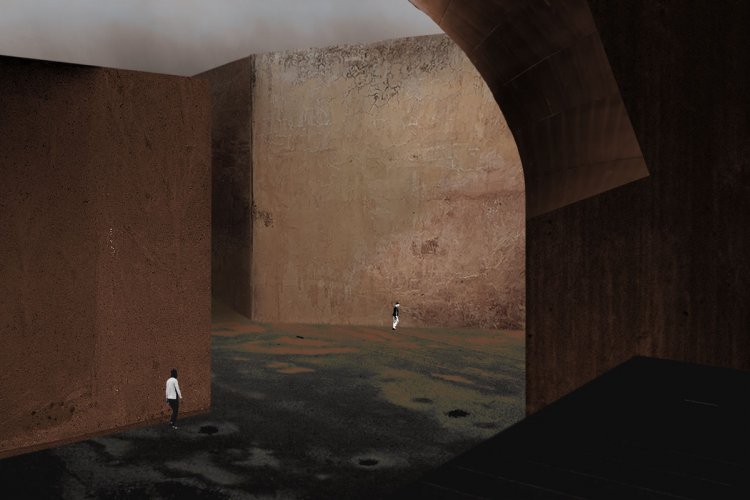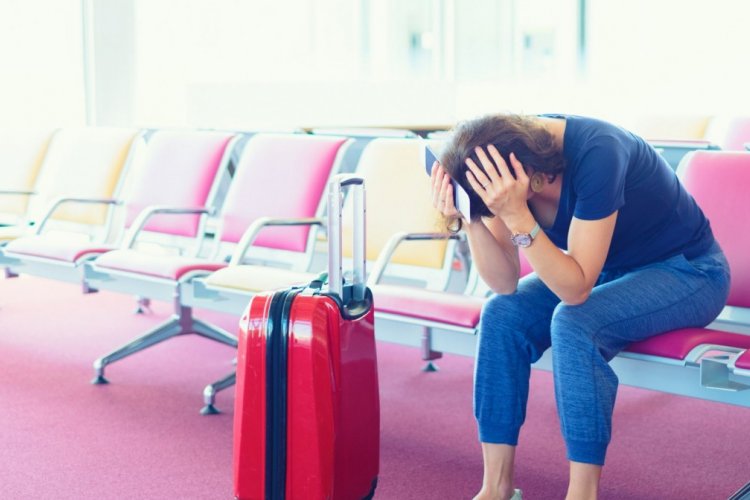Beijing Capital International Airport Sections Off Entire Wing to Process High-Risk Flights
In its efforts to contain the threat of imported infections, Beijing today announced that an entire portion of Beijing Capital International Airport (BCIA) has been converted into a makeshift screening and testing area for flights arriving from those countries considered high-risk, according to Beijing Times.
The area, BCIA's T3-D, was chosen for its relative isolation and has been operational as of midnight last night. It will handle all passengers on inbound flights from countries currently experiencing high levels of infection, a label that has so far largely pertained to Iran, Italy, Japan, and South Korea. However, the Beijing Times report does not specify which flights, traveling from which countries, will alight at this new quarantine area (if you're not flying from a high-risk country, here's what you can probably expect for your arrival).

The new measures come as Beijing prioritizes preventing new cases arriving from the outside, with the coronavirus epidemic continuing to spread globally while the number of new infections stabilize domestically.
The transformation of the 100,000sqm area, which was said to have taken just 72 hours, allows authorities to handle high-risk inbound flights in a separate all-in-one zone, centralizing screening, testing, monitoring, and transfer of passengers and their luggage. The entire area will be sterilized between each flight processed so as to reduce the chance of cross-infection. All luggage will be sterilized before it is transported to baggage reclaim.
The three floors of T3-D also serve different functions: the third floor houses arrivals and observation, the second is for transfers, and the first handles immigration clearance and security. Passengers will move from the third floor to the first, where they'll have their temperatures measured, before either taking a shuttle bus to the east side of T3 and exiting the airport or moving up to the transit lounges on the second floor.
Anyone found to have abnormal readings during the entry process, will be transferred in a way that minimizes contact with other passengers.
There is no word on how these changes will affect transfer times or whether there will be a rapid transit area for anyone looking to catch their next flight.
A passenger who arrived with their family at BCIA from Tokyo today described to the Beijinger an experience that largely mirrors the process outlined above. However, after passing through immigration, they describe boarding a bus, which they assumed was taking them to a hotel, but instead arrived 20-25 minutes later at the China International Exhibition Center in Shunyi. There, they were asked to provide details (names, passport information, telephone numbers, and address) and whether they had personal transport to get home. Lacking transport, they were taken home by minibus. The entire process from landing to reaching home took approximately four hours.

Fourteen of the last 20 confirmed Beijing infections have arrived from abroad, the latest case flying in from the UK on Monday. Additionally, the city government took considerable time during yesterday’s COVID-19 press conference to call on foreigners to take the quarantine seriously, reminding them to minimize unnecessary outings and abide by community standards, and that foreigners and Chinese will be treated the same in this regard.
Meanwhile, university students thinking of returning to capital would be wise to check with their place of study first, as several universities are now going as far as to dismiss students who come back without prior authorization.
READ: Flying Into Beijing? Here's What You Can Expect
Photo: Beijing News, Caixin (via Twitter)







